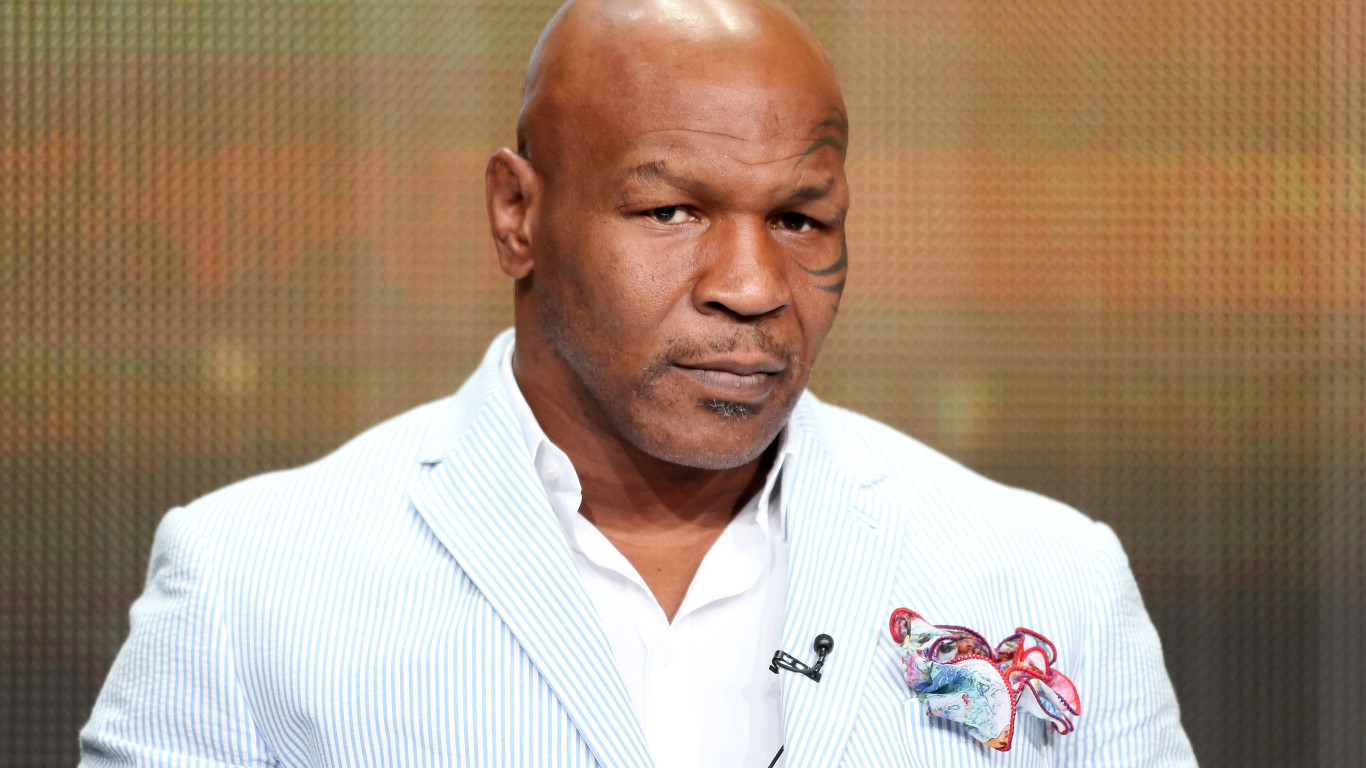
The online survey was conducted by YouGov for the Reuters Institute for the Study of Journalism at Oxford University. The survey included 10 countries with high Internet penetration — all except urban Brazil post Internet penetration for at least two-thirds of the population.
The results may not be what news organizations expected. Facebook Inc. (NASDAQ: FB) is the most important social media for news everywhere in the world: 35% of those surveyed use Facebook to get their news. In the United States, Spain, and the United Kingdom, Twitter Inc. (NYSE: TWTR) is widely used. Google Inc.’s (NASDAQ: GOOG) Google+ and Facebook’s WhatsApp are becoming more important sources for news as well.
Google’s YouTube is second to Facebook as a news source with 15% of users getting their news from YouTube. Some 9% get news from Twitter, 7% from Google+, 6% from WhatsApp, 3% for LinkedIn Corp. (NYSE: LNKD), and 1% each from Pinterest, Instagram, and Reddit.
News consumers either use apps or mobile websites to get their news. In the U.K. 47% use apps while in the U.S. just 15% do.
In the U.S., the U.K., and Denmark, the proportion of news consumers using a mobile device from Apple Inc. (NASDAQ: AAPL) is highest, with shares of 46%, 45%, and 58%, respectively. Apple’s presence is much lower in Spain (28%) and Germany (24%) where devices based on the Android operating system is more widely used.
Some 84% of smartphone and tablet users in all countries also view TV news while just 40% of smartphone users and 45% of tablet users read newspapers.
As news consumers increasingly use mobile phones to get their news, it’s probably no surprise that the news is delivered in shorter and more entertaining bits. From the Reuters report:
US social sharing news sites like Huffington Post, Buzzfeed, and Upworthy are beginning to make inroads around the world, with new formats and a fresh tone of voice aimed at younger people. Our survey shows a new category of weird news proving more/as popular than entertainment news.
Only 11% of consumers paid for online news in 2013. According to the report:
[N]ew paywalls and paid apps often find easy growth for a while and then stall — after the supply of loyal users runs out. In the absence of significant growth in the overall numbers, news organizations are focusing on maximizing revenue from those who are prepared to pay.
The survey found that 59% of those who pay for news now make subscription payments as opposed to one-off payments or paying for a digital/print bundle.
Visual content is becoming more important. In the U.S., 72% of news consumers read lists or stories. Among the 10 countries included in the survey, the U.S. had the highest percentage of video/audio consumers with 34%. That number would probably be higher if video was not so often subject to technical problems and slow network speeds on mobile devices. As video delivery gets better, expect this number to rise.
ALSO READ: Countries With the Widest Gap Between Rich and Poor
Want to Retire Early? Start Here (Sponsor)
Want retirement to come a few years earlier than you’d planned? Or are you ready to retire now, but want an extra set of eyes on your finances?
Now you can speak with up to 3 financial experts in your area for FREE. By simply clicking here you can begin to match with financial professionals who can help you build your plan to retire early. And the best part? The first conversation with them is free.
Click here to match with up to 3 financial pros who would be excited to help you make financial decisions.
Thank you for reading! Have some feedback for us?
Contact the 24/7 Wall St. editorial team.

